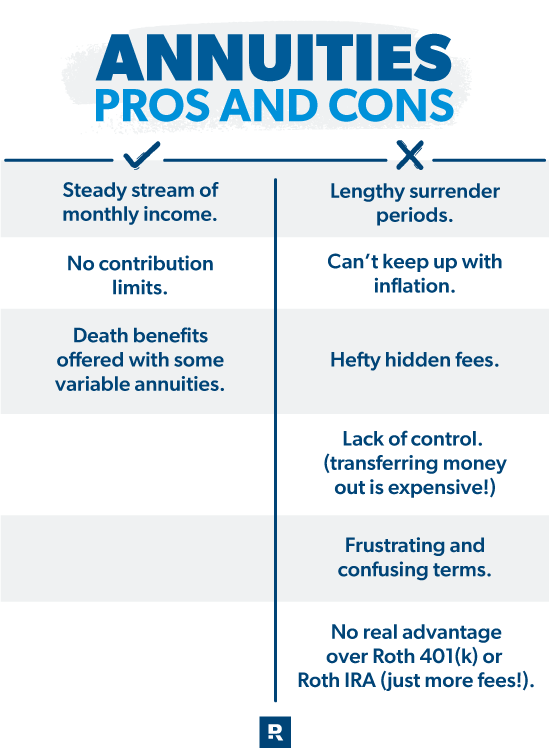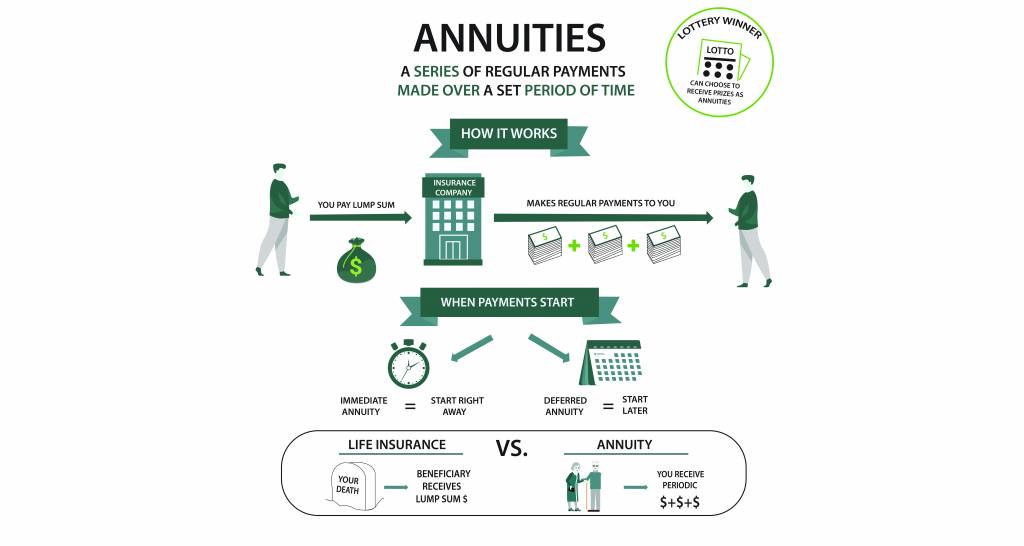All Categories
Featured
Table of Contents
This five-year basic rule and 2 following exceptions use just when the owner's fatality triggers the payout. Annuitant-driven payments are gone over below. The initial exception to the general five-year regulation for private beneficiaries is to approve the survivor benefit over a longer duration, not to go beyond the expected life time of the beneficiary.
If the beneficiary elects to take the survivor benefit in this technique, the advantages are taxed like any other annuity repayments: partly as tax-free return of principal and partly gross income. The exemption proportion is located by using the deceased contractholder's price basis and the expected payouts based upon the recipient's life span (of much shorter duration, if that is what the recipient selects).
In this technique, sometimes called a "stretch annuity", the beneficiary takes a withdrawal each year-- the called for quantity of each year's withdrawal is based upon the very same tables utilized to compute the required circulations from an IRA. There are two advantages to this approach. One, the account is not annuitized so the recipient keeps control over the cash money worth in the contract.
The second exception to the five-year rule is available just to a surviving partner. If the designated recipient is the contractholder's partner, the spouse may elect to "tip into the shoes" of the decedent. Effectively, the partner is dealt with as if he or she were the owner of the annuity from its beginning.
Guaranteed Annuities beneficiary tax rules
Please note this uses just if the partner is called as a "assigned beneficiary"; it is not readily available, for example, if a count on is the beneficiary and the spouse is the trustee. The general five-year guideline and both exceptions just apply to owner-driven annuities, not annuitant-driven contracts. Annuitant-driven agreements will pay survivor benefit when the annuitant dies.

For purposes of this conversation, think that the annuitant and the proprietor are various - Annuity withdrawal options. If the contract is annuitant-driven and the annuitant passes away, the death triggers the fatality advantages and the beneficiary has 60 days to choose just how to take the fatality benefits based on the terms of the annuity contract
Note that the alternative of a partner to "tip into the footwear" of the owner will not be readily available-- that exemption uses only when the proprietor has died yet the owner didn't pass away in the circumstances, the annuitant did. Lastly, if the recipient is under age 59, the "fatality" exception to prevent the 10% charge will certainly not relate to an early distribution again, because that is available only on the fatality of the contractholder (not the death of the annuitant).
In fact, numerous annuity business have internal underwriting plans that decline to provide contracts that call a various owner and annuitant. (There might be odd situations in which an annuitant-driven contract fulfills a clients unique needs, however usually the tax negative aspects will outweigh the benefits - Variable annuities.) Jointly-owned annuities may posture comparable troubles-- or at the very least they might not offer the estate preparation feature that other jointly-held assets do
Consequently, the fatality advantages need to be paid out within 5 years of the very first owner's death, or based on the 2 exemptions (annuitization or spousal continuation). If an annuity is held jointly between a spouse and other half it would appear that if one were to die, the other can simply proceed ownership under the spousal continuation exemption.
Presume that the spouse and wife called their son as recipient of their jointly-owned annuity. Upon the death of either proprietor, the business should pay the death benefits to the son, who is the beneficiary, not the enduring spouse and this would probably beat the proprietor's intentions. Was wishing there may be a device like setting up a beneficiary IRA, yet looks like they is not the instance when the estate is configuration as a beneficiary.

That does not determine the sort of account holding the acquired annuity. If the annuity was in an inherited individual retirement account annuity, you as executor should have the ability to appoint the inherited IRA annuities out of the estate to acquired IRAs for each and every estate beneficiary. This transfer is not a taxable occasion.
Any circulations made from acquired IRAs after job are taxable to the recipient that obtained them at their normal earnings tax obligation price for the year of distributions. If the inherited annuities were not in an Individual retirement account at her fatality, then there is no way to do a direct rollover right into an inherited IRA for either the estate or the estate recipients.
If that happens, you can still pass the circulation via the estate to the individual estate recipients. The income tax obligation return for the estate (Type 1041) can include Type K-1, passing the earnings from the estate to the estate recipients to be taxed at their individual tax obligation rates instead than the much higher estate revenue tax obligation prices.
Annuity Income Stream death benefit tax

: We will create a plan that consists of the very best items and functions, such as enhanced fatality advantages, premium incentives, and long-term life insurance.: Get a customized strategy designed to optimize your estate's worth and minimize tax liabilities.: Apply the selected approach and get ongoing support.: We will certainly assist you with establishing the annuities and life insurance policy policies, supplying constant assistance to ensure the plan continues to be efficient.
Nonetheless, ought to the inheritance be concerned as an income connected to a decedent, then tax obligations may apply. Typically talking, no. With exception to retired life accounts (such as a 401(k), 403(b), or individual retirement account), life insurance profits, and cost savings bond interest, the recipient usually will not have to bear any revenue tax obligation on their inherited wide range.
The amount one can inherit from a trust fund without paying taxes depends on various factors. The federal estate tax obligation exception (Annuity interest rates) in the USA is $13.61 million for individuals and $27.2 million for married couples in 2024. Nonetheless, specific states might have their own inheritance tax laws. It is a good idea to consult with a tax expert for exact information on this issue.

His mission is to streamline retired life planning and insurance policy, making certain that clients comprehend their selections and safeguard the best coverage at unsurpassable prices. Shawn is the owner of The Annuity Expert, an independent on the internet insurance policy firm servicing consumers throughout the USA. With this system, he and his team aim to get rid of the uncertainty in retirement planning by aiding individuals locate the best insurance policy protection at one of the most competitive prices.
Table of Contents
Latest Posts
Exploring the Basics of Retirement Options A Comprehensive Guide to Investment Choices Breaking Down the Basics of Investment Plans Advantages and Disadvantages of Different Retirement Plans Why Choos
Decoding How Investment Plans Work A Comprehensive Guide to Indexed Annuity Vs Fixed Annuity Defining the Right Financial Strategy Pros and Cons of Tax Benefits Of Fixed Vs Variable Annuities Why Choo
Analyzing Strategic Retirement Planning A Comprehensive Guide to Fixed Income Annuity Vs Variable Annuity What Is the Best Retirement Option? Benefits of Choosing the Right Financial Plan Why Choosing
More
Latest Posts